Ocean God Mosaic at Faro: the Latest National Treasure
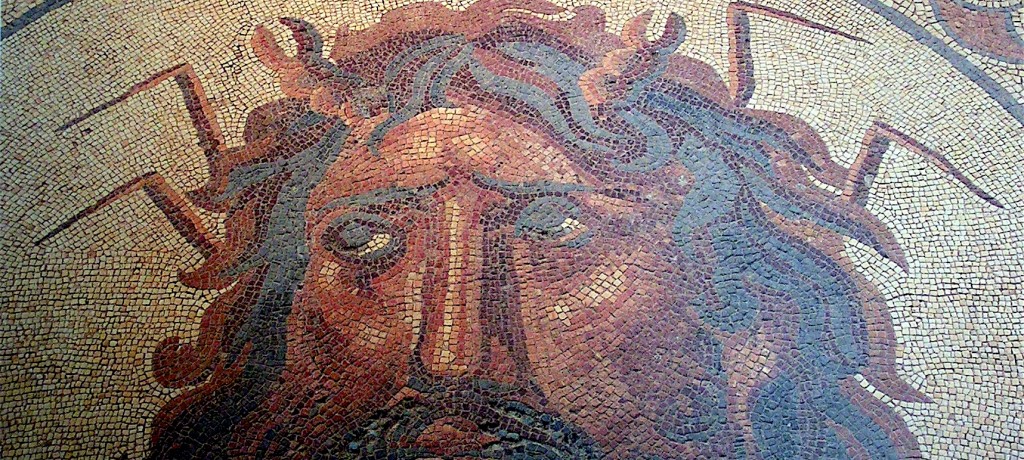
It is Municipal Museum of Faro new pride: below Évora, the Ocean God Mosaic is the only National Treasure.
There are not so many certainties about this beautiful Roman mosaic, the Ocean God. But for sure we known it to be Roman, and discovered in 1926 but again buried and forgotten. In 1976, on a building site, it was rediscovered and later integrated in the Municipal Museum of Faro.
The process of its classification as National Treasure was long and complex, lasted about three years, and forced several official opinions and technical restorations. But it was well worth it, as assumed by Marco Lopes, director of the Museum, saying the classification of an item as National Treasure is the maximum recognition that a museological piece can achieve in Portugal.
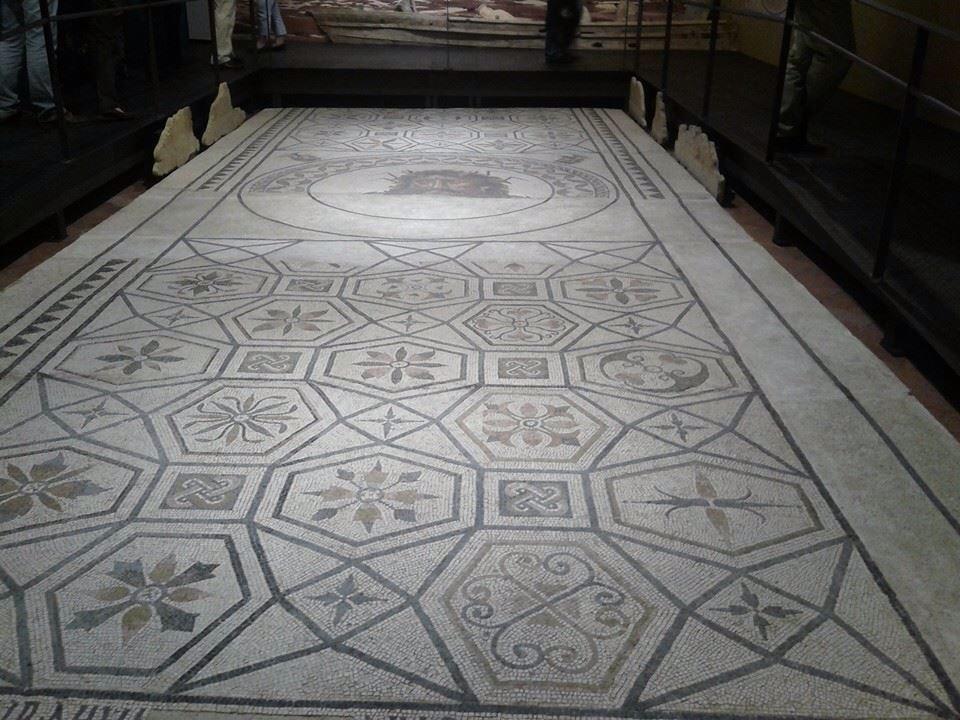
What makes this mosaic a piece worthy of the National Treasure label? First of all, its size and condition, both rare, soon followed by the skill of the ancient artisans, and finally, the mosaic gives concrete proof of Faro, the Roman Ossonoba, relevance, in this far-flung province of the Empire: a forgotten corner of Roman dominium would not deserve such a gorgeous, expensive and striking item, certainly.
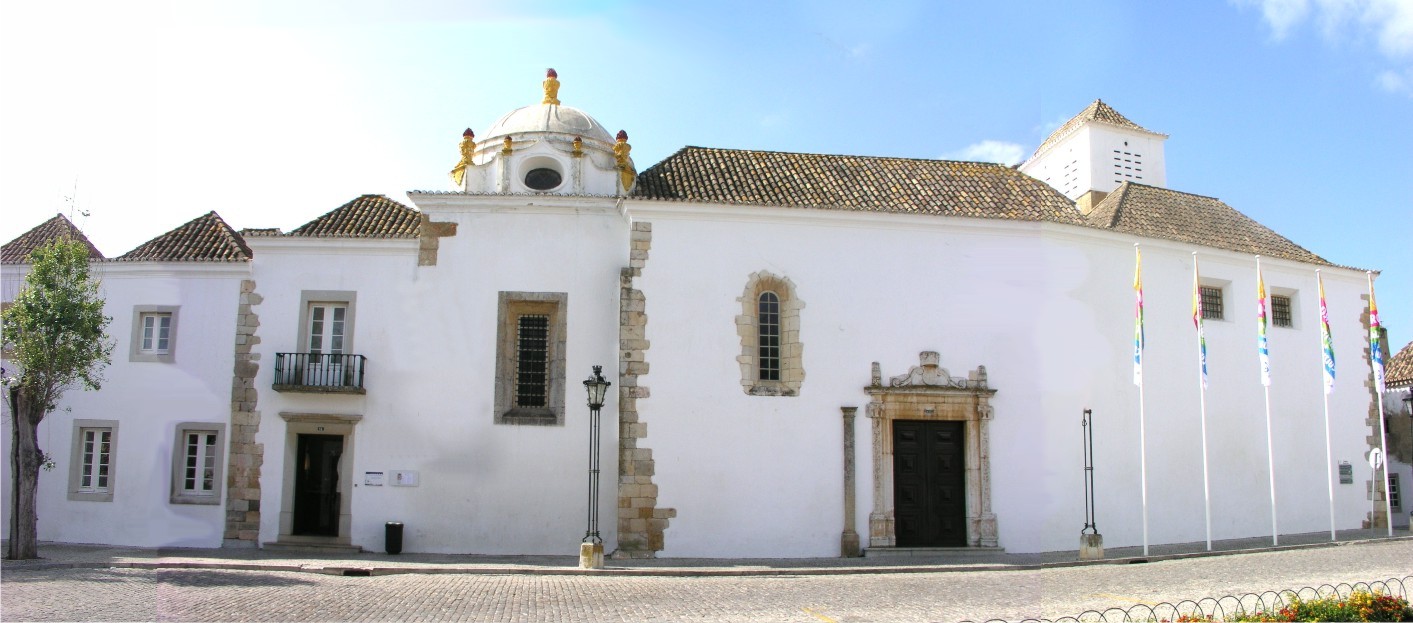
The Municipal Museum of Faro, where the Ocean God Mosaic is kept, was the former Convent of Our Lady of the Assumption, from which we recommend a visit to the beautiful ambulatory, embellished with exquisite boxwood interior garden.
Its accomplishment is certainly late, by the beginnings of the third century after Christ, and made over previous mosaics. Four donors sign it, but on which only names are known. We do not know what united them, whether they were representatives of the municipality or leaders of a secular or religious association. The hypothesis that has seemed more real, is that they were part of a commercial corporation working on sea production - fishermen or canneries - is easily rejected by the distance between the old port area and ​​the archaeological site where the mosaic was found.
On the other hand, the theme represented, the ocean god, with crab legs and claws in a headdress, is the reason why so many academics situate it as part of the layout of a business place connected to the sea.
The proposal that seems to reap more adepts, lately, is that the mosaic was part of a building that has housed the seat of provincial power, and the ocean god is the theme chosen for the economic relevance that the sea had in the region.

Detail of the painting "Virgin with Child and Two Angels", attributed to Master of Santa Clara, XV century, from National Museum of Ancient Art collection, one of the six new National Treasures. set and centerpiece by Casa Veyrat, from Ajuda National Palace collection, also elected the National Treasury on the same day.
On the same day that the Mosaic of the Ocean God was elected, last May 3, five other cultural assets ascended to the rank of National Treasure, officially recognized by the Presidency of the Council of Ministers: a namban bed (Japanese production inspired by the arrival of the Portuguese explorers to Japan), known as "Bed Namban of the Counts of Aurora", first half of the seventeenth century, a private property; a silver table centrepiece, by the Veyrat house, dating from the 19th century and belonging to the collection of Ajuda National Palace; the evocative sceptre of D. Pedro IV of Portugal, also from Ajuda; the Queen Maria Pia, also from the Ajuda National Palace (about this Queen we will return later, on other her’s own article, after all she was the first Portuguese shopaholic documented by the national history, and for that the national mobile heritage owes her so much): and finally the painting "Virgin with the Baby Christ and Two Angels ", in the National Museum of Ancient Art (Museu Nacional de Arte Antiga), attributed to Master of Santa Clara, XV century.
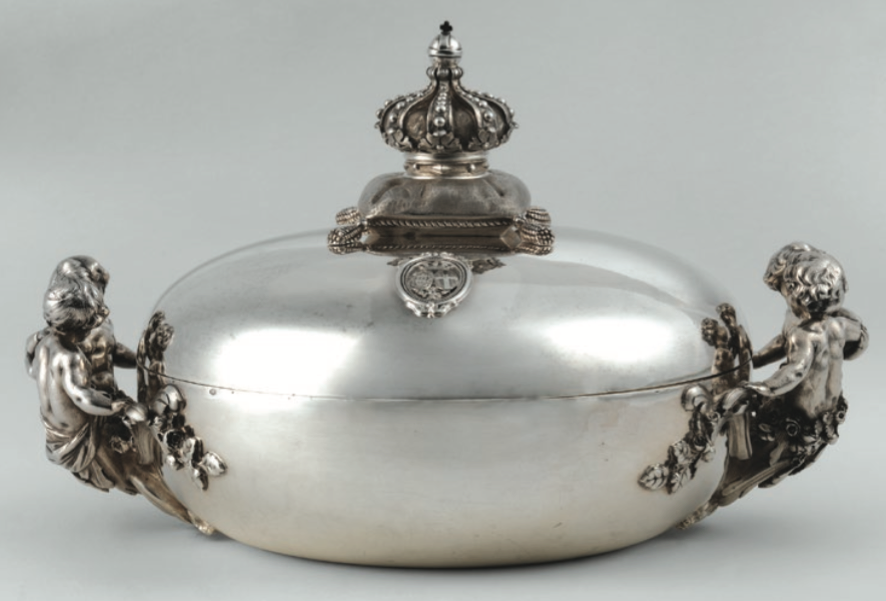
Part of the table set and centerpiece by Casa Veyrat, from Ajuda National Palace collection, also elected the National Treasury on the same day. Photo of Luisa Oliveira, DGPC / ADF.
This category of National Treasure was created under Law 107/2001, which establishes the bases for the policy and the regime for cultural heritage protection and valorization. Paragraph 3 of the 15th article of this law defines this category as follows: "For immovable property classified as being of national interest, whether monuments, complexes or sites, the designation 'national monument' shall be taken, as well for movable property with national interest, from now on classified as ‘national treasure’.
For this article was used information from the works of Jeanine Lancha "The Route of the Roman Mosaic" U.A., 2008.
Prices, location and timetables here.
Images provided by the Municipality or taken from the DGPC website.
Articles liés
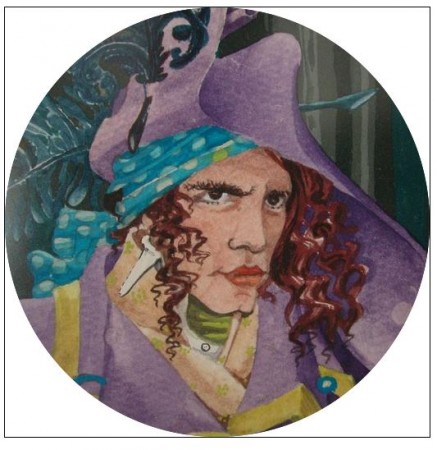
- Populaires Récents









